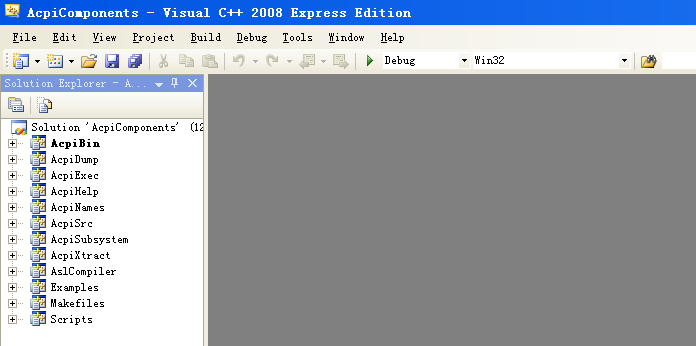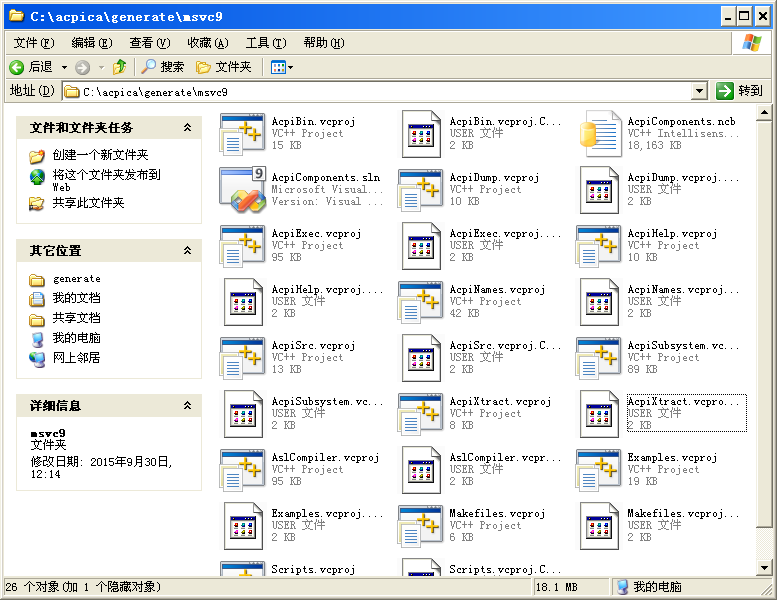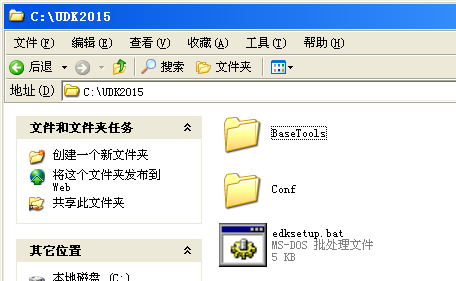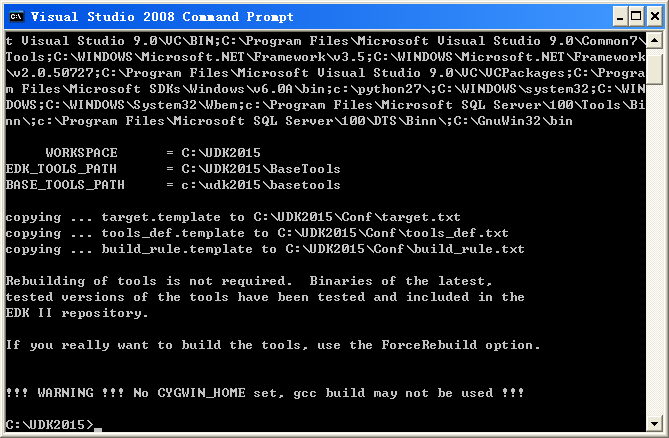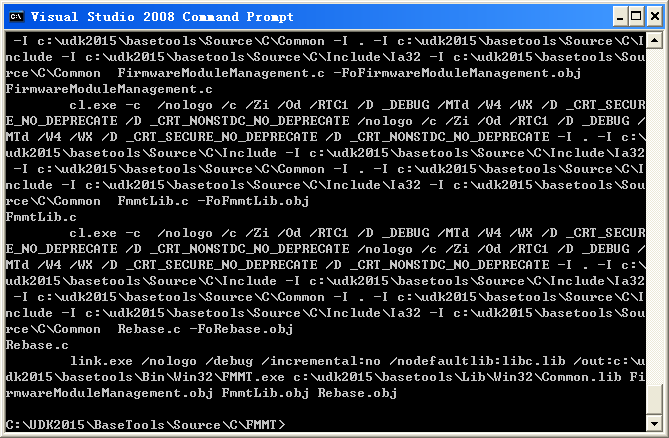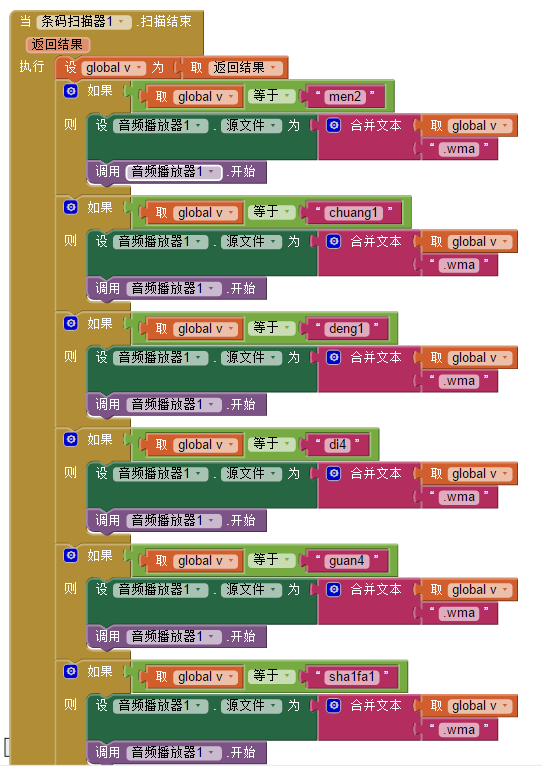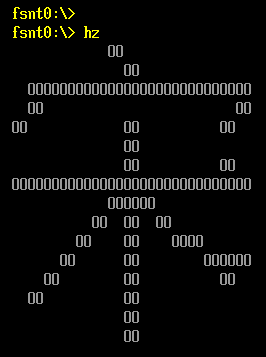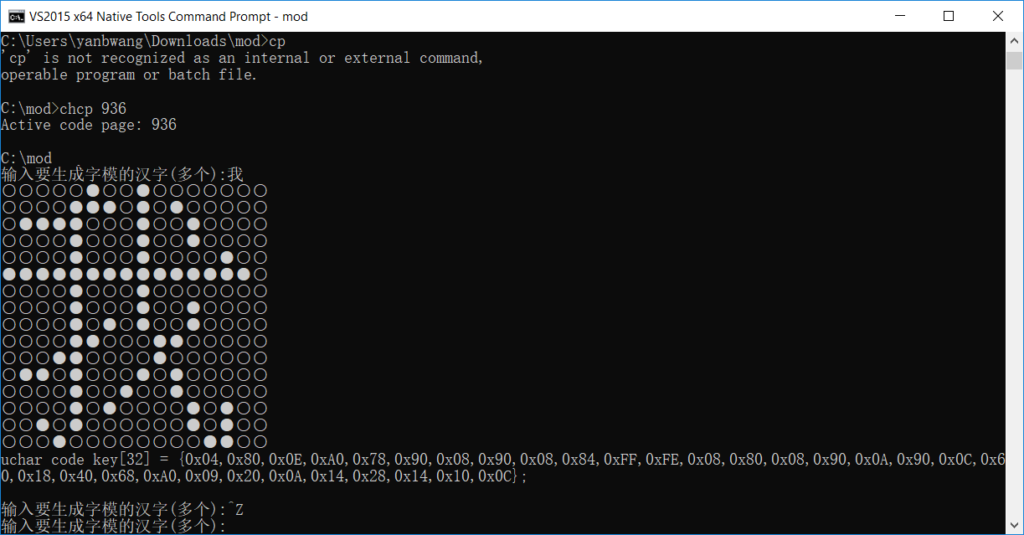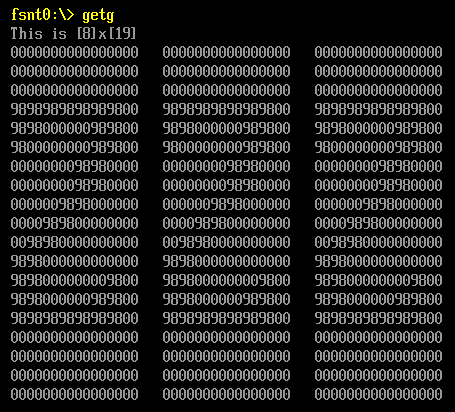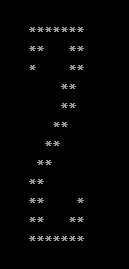串口是非常有效和廉价的Debug手段,在开发中,几乎所有的UEFI 主板都会支持串口,本文介绍如何在Shell下面实现 串口通讯。
与之相关的是 EFI_SERIAL_IO_PROTOCOL,这个 Protocol 的定义可以在 UEFI Spec【参考1】中看到:

代码如下:
#include <Uefi.h>
#include <Library/UefiLib.h>
#include <Library/ShellCEntryLib.h>
#include <Protocol/SerialIo.h>
extern EFI_BOOT_SERVICES *gBS;
extern EFI_SYSTEM_TABLE *gST;
extern EFI_RUNTIME_SERVICES *gRT;
EFI_GUID gEfiSerialIoProtocolGuid = { 0xBB25CF6F, 0xF1D4, 0x11D2, { 0x9A, 0x0C, 0x00, 0x90, 0x27, 0x3F, 0xC1, 0xFD }};
EFI_STATUS
DumpSetting(
IN UINT64 BaudRate,
IN UINT32 ReceiveFifoDepth,
IN UINT32 Timeout,
IN EFI_PARITY_TYPE Parity,
IN UINT8 DataBits,
IN EFI_STOP_BITS_TYPE StopBits)
{
Print(L" Timeout: [%d]\n",Timeout);
Print(L" BaudRate:[%ld]\n",BaudRate);
Print(L" DataBits:[%d]\n",DataBits);
Print(L" Parity: [%d]\n",Parity);
Print(L" StopBits:[%d]\n",StopBits);
Print(L" ReceiveFifoDepth:[%d]\n",ReceiveFifoDepth);
return EFI_SUCCESS;
}
int
EFIAPI
main (
IN int Argc,
IN char **Argv
)
{
EFI_STATUS Status;
EFI_SERIAL_IO_PROTOCOL *Serial;
CHAR8 *Textbuf1 = "www.lab-z.com waiting.........\n";
CHAR8 *Textbuf2 = "Continue............\n";
CHAR8 *Textbuf3 = "12345678";
CHAR16 *Textbuf4 = L" ";
UINTN BufferSize;
EFI_TIME TimeStart,TimeEnd;
Status = gBS->LocateProtocol(
&gEfiSerialIoProtocolGuid,
NULL,
(VOID **)&Serial);
if (EFI_ERROR(Status)) {
Print(L"Cannot find EFI_SERIAL_IO_PROTOCOL \r\n");
return Status;
}
Print(L"Current Settings:\n");
DumpSetting(
Serial->Mode->BaudRate,
Serial->Mode->ReceiveFifoDepth,
Serial->Mode->Timeout,
Serial->Mode->Parity,
Serial->Mode->DataBits & 0xFF,
Serial->Mode->StopBits);
// Baudrate 115200,Data Bits=8,Parity=None,Stop Bits=1,Flow Type= None
Status=Serial->SetAttributes( Serial,
115200,
Serial->Mode->ReceiveFifoDepth,
Serial->Mode->Timeout,
NoParity,
8,
OneStopBit);
if (Status!=EFI_SUCCESS) {
Print(L"[%d], %r",Status,Status);
}
Print(L"New Settings:\n");
DumpSetting(
Serial->Mode->BaudRate,
Serial->Mode->ReceiveFifoDepth,
Serial->Mode->Timeout,
Serial->Mode->Parity,
Serial->Mode->DataBits & 0xFF,
Serial->Mode->StopBits);
BufferSize=AsciiStrLen(Textbuf1);
Serial->Write(Serial,&BufferSize,Textbuf1);
gRT->GetTime(&TimeStart,NULL);
TimeEnd=TimeStart;
while ((TimeEnd.Hour - TimeStart.Hour) * 60 * 60
+ (TimeEnd.Minute - TimeStart.Minute)*60
+ (TimeEnd.Second - TimeStart.Second) < 30)
{
BufferSize=AsciiStrLen(Textbuf3);
Status=Serial->Read(Serial,&BufferSize,Textbuf3);
if ((Status==EFI_SUCCESS) && (BufferSize!=0))
{
Print(L"read [%d] %s\n",BufferSize,AsciiStrToUnicodeStr(Textbuf3,Textbuf4));
}
gRT->GetTime(&TimeEnd,NULL);
}
BufferSize=AsciiStrLen(Textbuf2);
Serial->Write(Serial,&BufferSize,Textbuf2);
return EFI_SUCCESS;
}
上面程序的基本流程:首先检查一下串口设置,打印在屏幕上,然后设置为我们通常使用的 115200。最后测试用 Write从 Shell 下发送数据出来,再尝试用Read接收数据。
程序运行结果:

完整代码下载:
SerialTest
特别注意:Shell 使用 Read 只能接收固定长度的数据。比如: Read(Serial,8,Textbuf) 那么只能接收8个字符,如果你只输入了7个bytes,不会有反应;如果输入了9个bytes,那么只能收到前面8个。目前不清楚为什么有这样的限制。
另外,对于普通的串口,使用GetControl 获得的当前的状态中并没有当前串口的发送接收状态。定义的 EFI_SERIAL_INPUT_BUFFER_EMPTY和EFI_SERIAL_OUTPUT_BUFFER_EMPTY 应该是给存在对应线路的串口使用的,是一种硬件线路的标志。如果你只用了 TX RX GND , 这里的状态是没有意义的。
参考:
1. UEFI Spec 2.4 P476


